
In 2013 Paris Photo LA purchased a collection of photographs taken in California prisons between 1977 and 1993 for $45,000, a price that startled a good number of observers. In 2011, a collector named Myles Haselhorst had paid “a low four figure sum for the collection—which includes two photo albums and numerous loose snapshots totaling over 400 images.” In the space of two years the collection changed hand several times. Haselhorst “doubled” the money he’d paid for them; Harper’s Books, the final seller of the collection, paid $20,000 for it.
Here is an excerpt of Harper’s description of the collection:
Taken between 1977 and 1993. By far the largest vernacular archive of its kind we’ve seen, valuable for the insight it provides into Los Angeles gang, prison, and rap cultures. The first photo album contains 96 Polaroid photographs, many of which have been tagged (some in ink, others with the tag etched directly into the emulsion) by a wide swath of Los Angeles gang members. Most of the photos are of prisoners, with the majority of subjects flashing gang signs.
The second album has 44 photos and images from car magazines appropriated to make endpapers; the “frontispiece” image is of a late 30s-early 40s African-American woman, apparently the album-creator’s mother, captioned “Moms No. 1. With a Bullet for All Seasons.”
Pete Brook of the blog Prison Photography asks some pertinent questions:
As a quick aside, and for the purposes of thinking out loud, might it be that polaroids that reference Southern California African American prison culture are – in the eyes of collectors and cultural-speculators – as exotic, distant and mysterious as sepia mugshots of last century? How does thirty years differ to one hundred when it comes to mythologising marginalised peoples? Does the elevation of gang ephemera from the gutter to traded high art mean anything? I argue, the market has found a ripe and right time to romanticise the mid-eighties and in particular real-life figures from the era that resemble the stereotypes of popular culture. It is in some ways a distasteful exploitation of people after-the-fact. Perhaps?
-snip-
If the price tag seems crazy, it’s because it is. But consider this: one of the main guiding factors for valuations of art is previous sales of similar items. However, in the case of prison polaroids, there is no real discernible market. Harper’s is making the market, so they can name their price.
Whether the art market is fetishizing African-American gang members or not, the likely result of the exorbitant price for these photos will be to incentivize owners of similar collections to make them public, which is good news for purchasers of art books and readers of websites like Dangerous Minds.


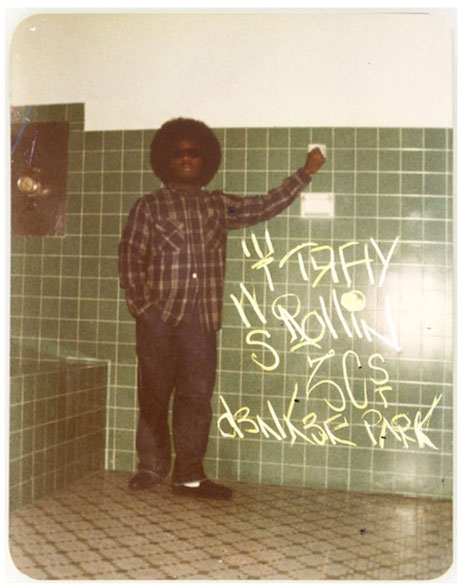
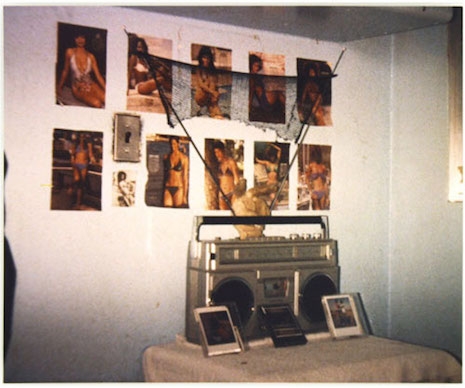
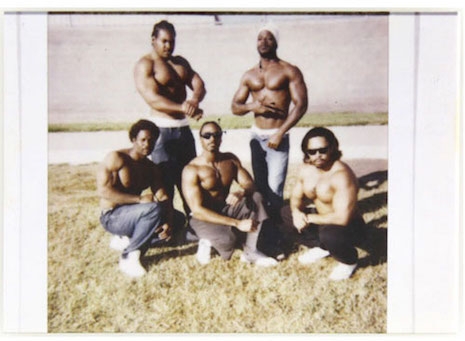
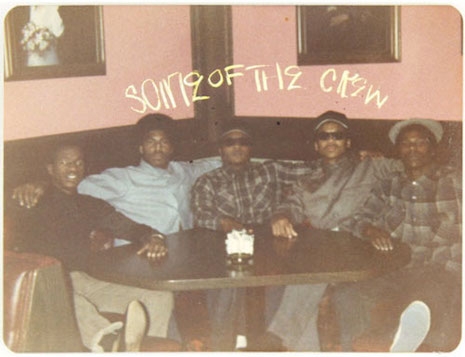
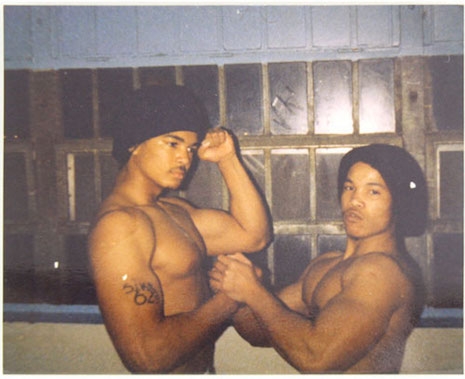
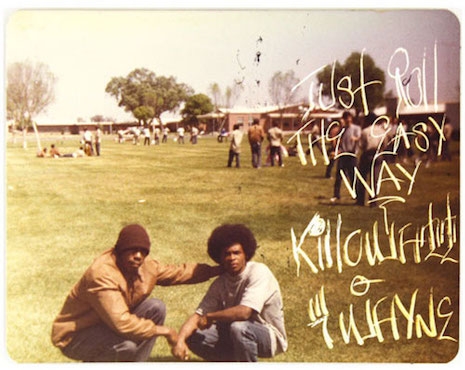
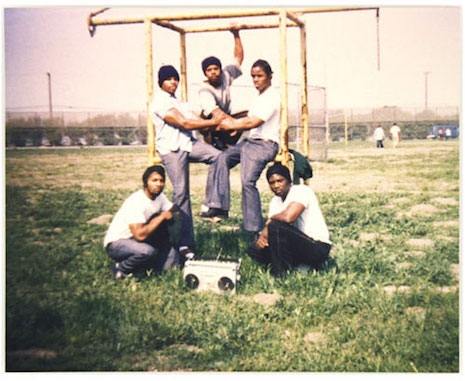
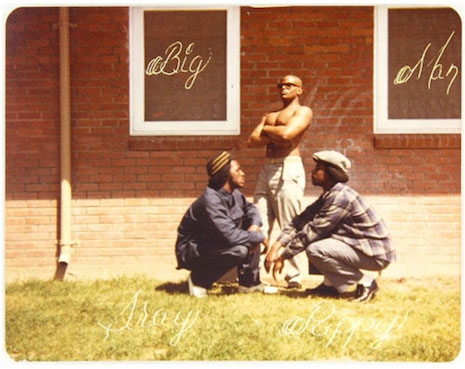

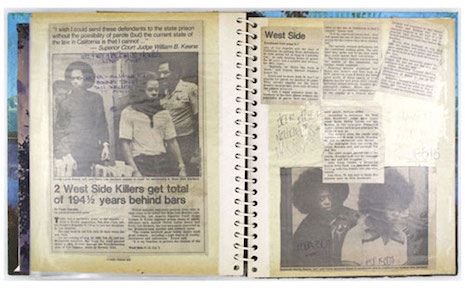
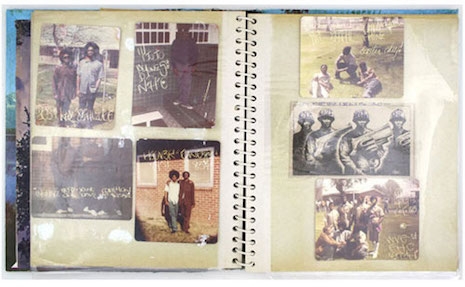
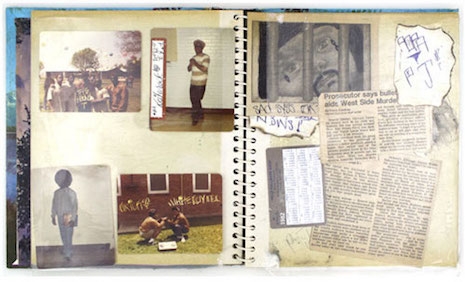



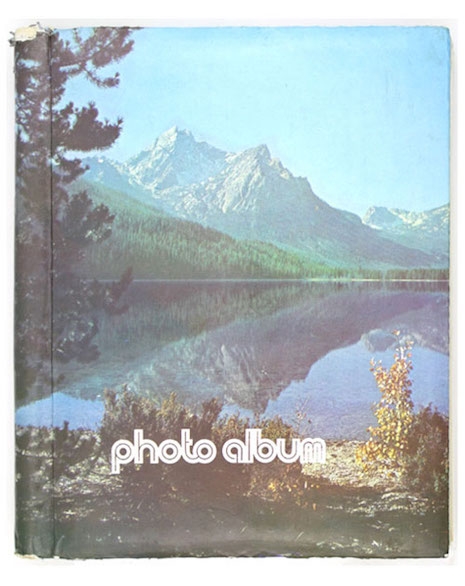

via The World’s Best Ever
Previously on Dangerous Minds:
‘Prison Landscapes’ reveals the painted backdrops of commemorative prison portraits
Website collects the mugshots and final words of prisoners executed by the state of Texas since 1982